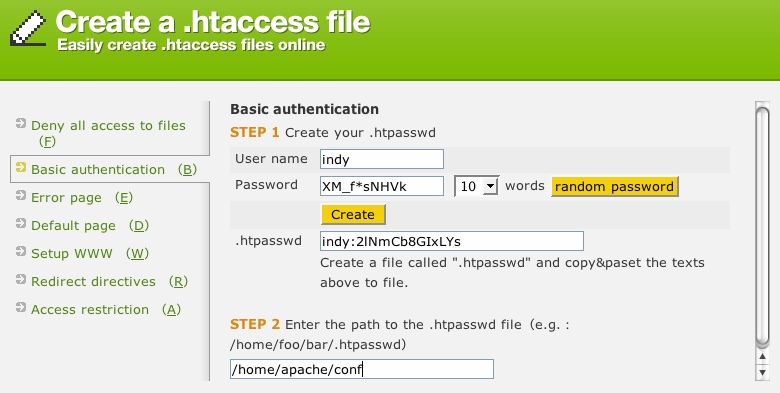Just came across a report in the New Zealand Herald which suggests that Auckland is OECD’s (Organisation for Economic Cooperation and Development) most entrepreneurial city in terms of number of entrepreneurs vis-a-vis the population.
13.5 percent of people living in Auckland have been considered “entrepreneurs”, followed by Vancouver and Melbourne.
Brussels and Tokyo are cities with least amount of entrepreneurs.
A common thread that I can see between the top three cities is that all three have a lot of social diversity in terms of people from different parts of the world. I guess migration would have played an important role in unleashing the entrepreneurial abilities of people, apart from the fact that certain cities provide frame conditions in which entrepreneurship can thrive.
More on this can be found in this article entited Auckland named OECD’s top entrepreneurial city.



